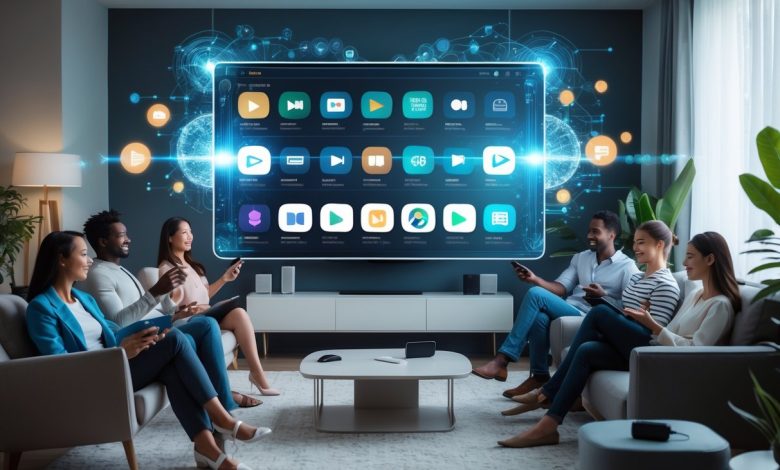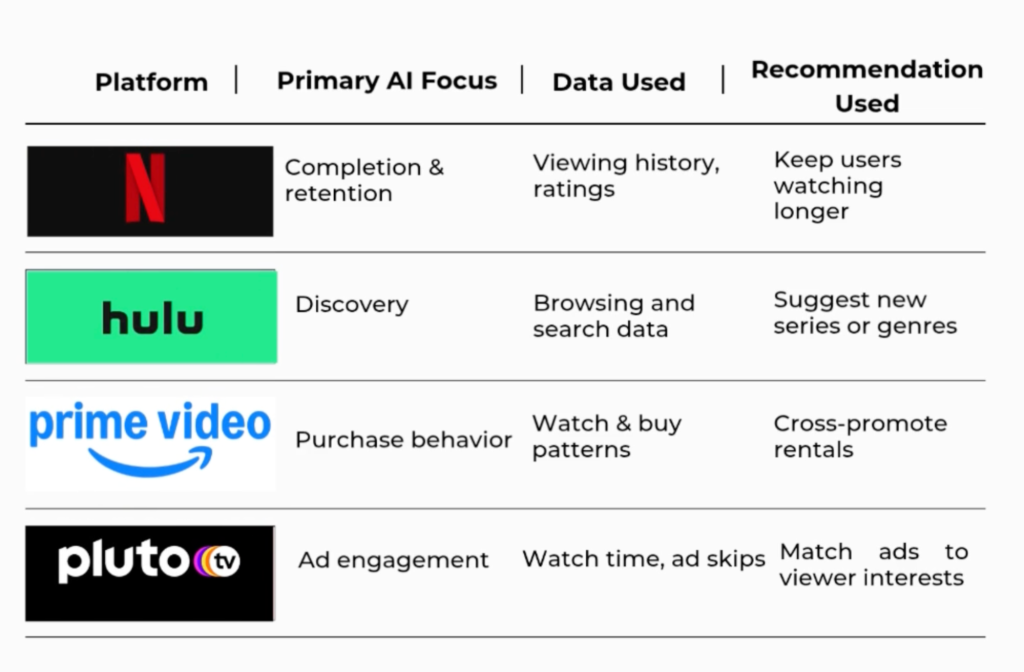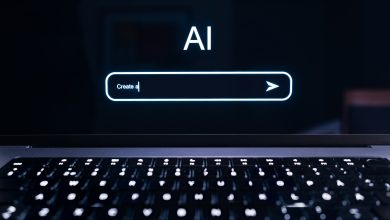
Every time someone opens Netflix or YouTube, a new set of shows or videos seems to appear like magic—perfectly matched to their mood. But it’s not magic. It’s data. AI knows what people want to watch next because it studies their viewing habits, compares them with others, and predicts what will keep them watching. Platforms like Netflix’s recommendation system and YouTube’s algorithm use advanced machine learning models that learn from every click, pause, and search.
As streaming services compete for attention, they rely on more than just recommendations. They use detailed data insights to understand what works and what doesn’t. This is where OTT analytics steps in to track content performance, viewer behavior, and engagement in real time, helping platforms fine-tune what they show next. So, when a new series appears right when someone’s looking for something fresh, it’s the result of precise data analysis, not coincidence.
Understanding how AI predicts viewing choices reveals how deeply it shapes entertainment. It doesn’t just suggest what to watch—it influences what gets made and how it’s delivered. The next time a show feels like it was made just for someone, it probably was, at least according to the algorithm that knows their taste better than they might think.
How AI Predicts What You Want to Watch Next
AI predicts viewing choices by studying user behavior, comparing patterns across millions of accounts, and adjusting in real time. It uses a mix of data analysis and machine learning to match people with content that fits their habits and interests.
The Role of User Data in Recommendations
Streaming services collect detailed data to understand each viewer’s habits. This includes watch time, search history, likes or skips, and even how long someone pauses a video. Platforms like TikTok and YouTube use this behavioral data to train AI models that detect subtle patterns.
AI systems rely on both explicit feedback (ratings, thumbs up) and implicit feedback (viewing time, scrolling speed). Each action helps the algorithm learn what type of content keeps the viewer engaged.
Data is stored and processed in real time. When a user watches a new show, the system immediately updates that profile. This constant feedback loop allows the platform to fine-tune recommendations and predict what the viewer is most likely to enjoy next.
 Personalization Algorithms Explained
Personalization Algorithms Explained
Personalization algorithms group users by shared viewing behavior. One common method, collaborative filtering, finds users with similar tastes and recommends titles they enjoyed. For example, if two people both liked a crime series, one might later see the other’s favorite mystery film suggested next.
Another method, content-based filtering, looks at the traits of videos—genre, cast, tone, or pacing—and matches them to the user’s past choices. Netflix’s algorithm blends both methods to improve accuracy.
Streaming Platform Approaches to AI Recommendations
Different streaming platforms use AI in slightly different ways. Netflix focuses on predicting what users will finish watching, while Hulu and Prime Video emphasize discovering new titles. Tubi and Pluto TV rely more on ad-supported models, so their AI balances personalization with advertising goals.
A simplified comparison:
These systems run on a large-scale machine learning infrastructure that processes millions of interactions per second. They also support OTT analytics, which measure how viewers interact across devices and platforms.
Beyond Recommendations: AI’s Impact on the Viewing Experience
AI shapes more than what people watch—it influences how they see, access, and interact with content. It personalizes visuals, improves technical performance, and manages sensitive user data to create a smoother and more relevant experience across streaming platforms.
Customized Thumbnails and User Interfaces
AI changes how viewers browse by adapting images, layouts, and menus to individual preferences. On platforms like Netflix, algorithms select dynamic artwork that reflects each user’s interests. For example, a fan of romantic comedies may see a lighthearted image for the same movie that another user views as a suspenseful thriller.
This approach increases engagement by making content feel more personal. Netflix uses AI to personalize thumbnails and homepage layouts, analyzing viewing patterns and response data to decide which visuals attract clicks.
YouTube and other streaming platforms apply similar techniques, testing which images or titles drive more views. Over time, the system learns what works best for each person, updating artwork and layout in real time to reflect evolving tastes.
Optimizing Streaming Quality and Accessibility
AI also improves the technical side of watching tv shows and movies. It predicts network conditions and adjusts video resolution to reduce buffering. This process, known as adaptive bitrate streaming, helps maintain smooth playback even on slower connections.
Modern systems use predictive analytics to detect when viewers might experience lag and automatically lower the quality before interruptions occur. Platforms like Netflix and Disney+ rely on these models to balance performance and bandwidth efficiency.
AI tools also enhance accessibility. They generate subtitles, improve voice recognition for search, and provide audio descriptions for visually impaired users. These features make streaming more inclusive and consistent across devices.
Balancing Personalization and Privacy
While personalization improves convenience, it also raises privacy concerns. Streaming platforms gather data on watch history, ratings, and even pause behavior to refine recommendations. Some, like Netflix, emphasize transparency about how this data is used.
Users benefit when systems clearly explain data collection and offer control over settings. Ethical AI design focuses on minimizing unnecessary tracking while preserving personalization accuracy.
Regulatory standards and privacy laws encourage companies to anonymize user data and apply secure storage methods. This balance allows AI to deliver relevant suggestions without compromising trust.
Conclusion
AI systems predict what users want to watch by studying patterns in viewing habits, likes, and even pauses. Platforms such as YouTube and Netflix use machine learning and neural networks to process billions of data points from user behavior and content performance. This helps them decide which video or show appears next in a feed.
AI analytics can measure watch time, retention, and viewer preferences across devices. This data supports better content recommendations and advertising strategies.
Key elements that shape these systems include:
- User behavior: watch history, likes, shares, and skips
- Content features: genre, length, and popularity
- Context: device type, time of day, and location
As AI continues to evolve, these systems will likely become more accurate and adaptive, learning from every click, view, and pause to tailor entertainment to individual tastes.

 Personalization Algorithms Explained
Personalization Algorithms Explained



